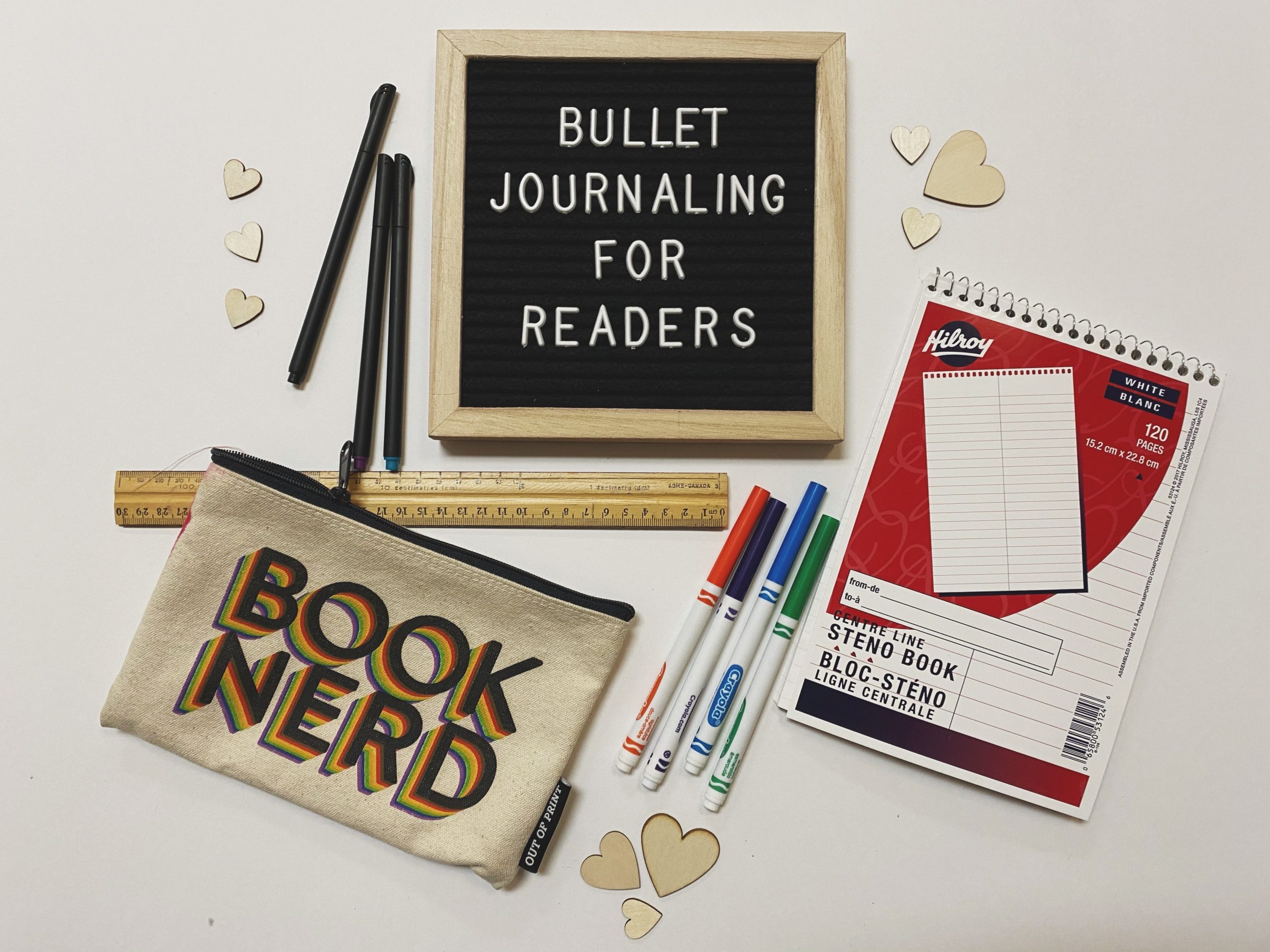 Written by Beth, staff member, Captain William Spry Public Library
Written by Beth, staff member, Captain William Spry Public Library
What is a bullet journal?
The bullet journal system was designed by Ryder Carroll and has since become a phenomenon! Instead of having a journal or diary, and a planner or agenda, you combine them. A bullet journal is a hybrid of the two and can be anything you want. The original system is mainly in bullet points, hence the name! Keep track of your life through collections, logs, and spreads.
How does it work?
The main premise of the bullet journal is that it’s a planner and journal that is quick, flexible, and intuitive to use. Its main elements are the “key” or legend, the future log, monthly and weekly spreads, and “collections.”
At the beginning of your bullet journal, you have your future log. This is a layout of each month of the year with space to fill in. As important dates come up, you jot them down in your future log. Each month, look at your future log and input your information into your monthly spread or calendar.
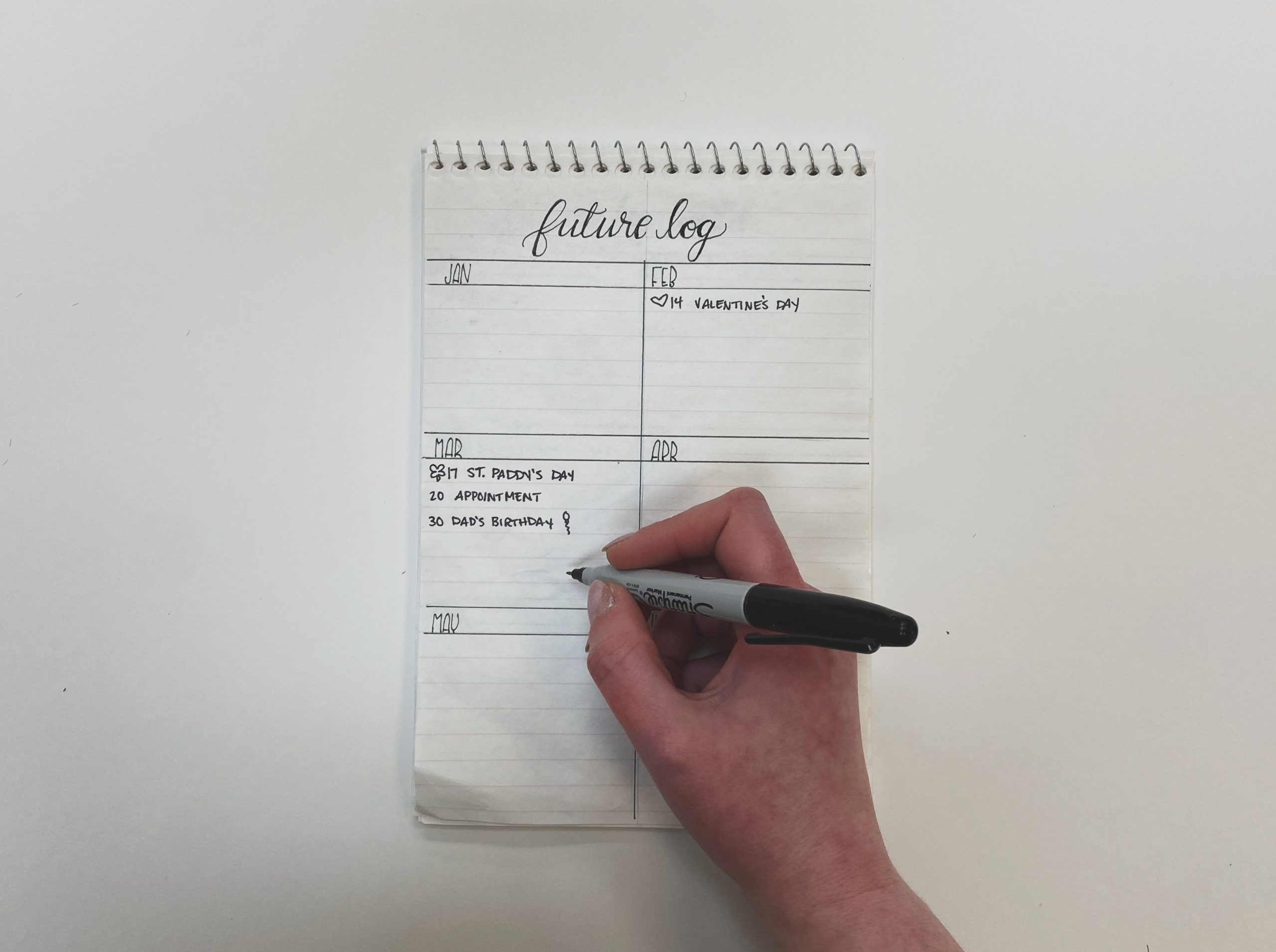
Each month, you create a new log, or spread. This can be as creative or minimalist as you chose. It could simply be a list of days like in the original bullet journal, or it could be an artistic calendar spread. That’s the beauty of it; it’s entirely up to you!
“Collections” are other spreads that you can add throughout your bullet journal. Generally, these are things that you want to keep track of! Maybe you are saving money—you can have a collection for that. Maybe you want to keep track of your fitness goals—you can have a collection for that too. And, of course, you can have a collection to keep track of your reading.
What do you need to begin?
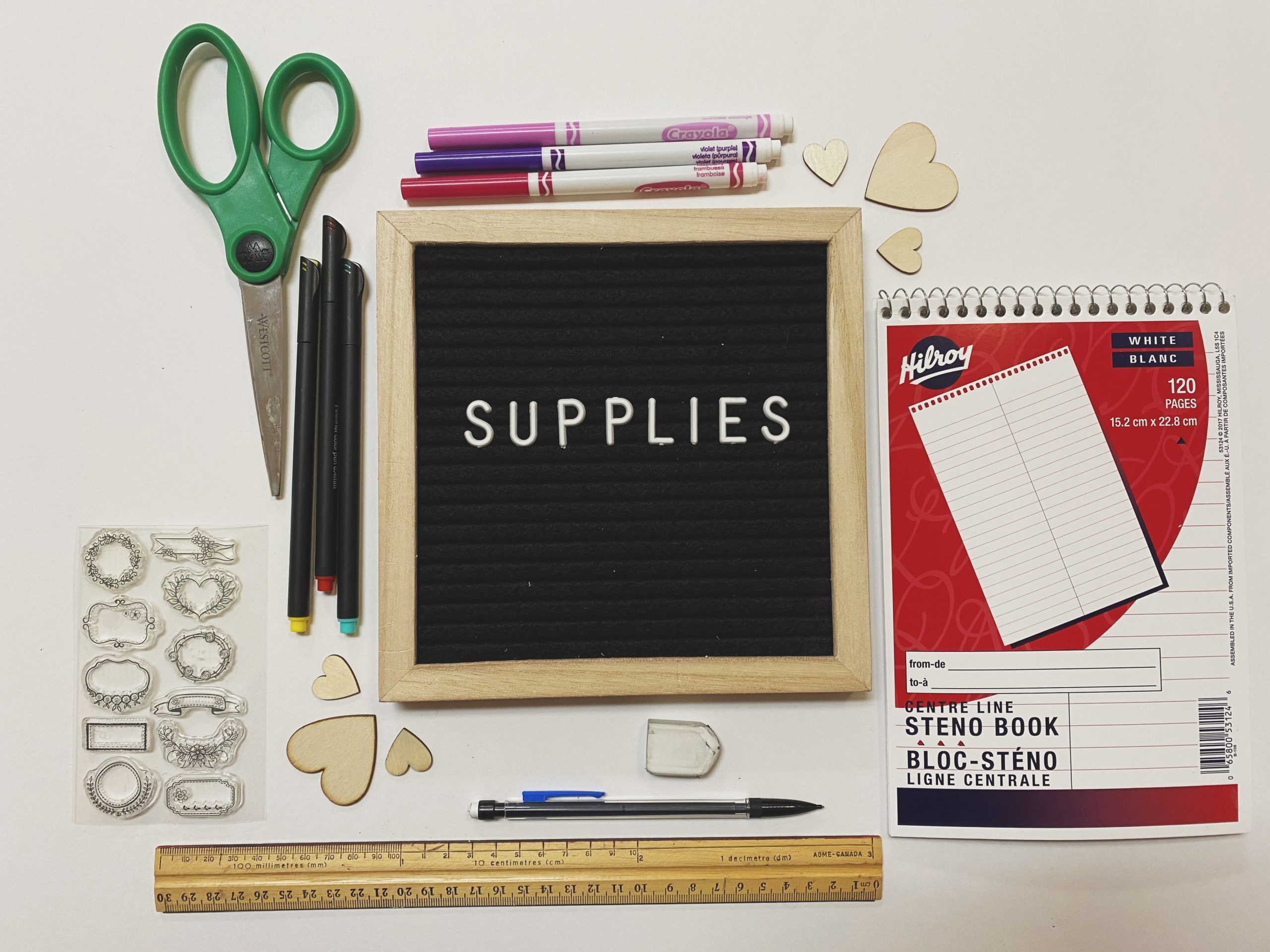
When it comes to bullet journaling, the sky’s the limit! You can get as creative as you like with coloured pens, markers, stickers, washi-tape, stamps—you name it. However, all you really need to start is a blank journal and a pen or pencil.
While all you really need is a journal and pen, I would recommend some other supplies:
- A black felt tip pen
- A ruler
- Coloured markers
If you’re more on the artsy side of things, I would also recommend:
- A journal with bleed-proof pages,
- brush pens,
- washi-tape,
- stickers, and
- stamps.
You can get a lot of these things at the dollar store. Anything you can’t find there, you can grab online or at craft store.
If you want to have a more elaborate bullet journal, but don’t feel like you can do it on your own, don’t worry. Online, on sites such as Pinterest, opens a new window, you can find all sorts of stamps and printable spreads.
How do you start a bullet journal?
All you really need to start a bullet journal is a journal and a pen (though a ruler comes in handy, too). It’s important to keep in mind that your bullet journal doesn’t need to look or be a certain way—it’s totally up to you. If you mess something up, that’s okay. Just keep going!
To get started you can follow these first steps:
- Grab your journal and your pen
- Title your journal
- Make an index and key
- Start your future log
- Start collections
- Start your monthly spread
Keeping track of your reading
To track your reading in a bullet journal, start a reading collection. There are tons of different ways to do this, and none of them are wrong. Play around and find what works for you. With so many options, you can be as creative or minimal as you want.
To be read or completed readings spread
Doodle a bookshelf! Along the spines you can keep track of the titles of books you’ve read or want to read. If it’s your to-be-read list (TBR), opens a new window, you can even colour in the books on the spread as you read them.
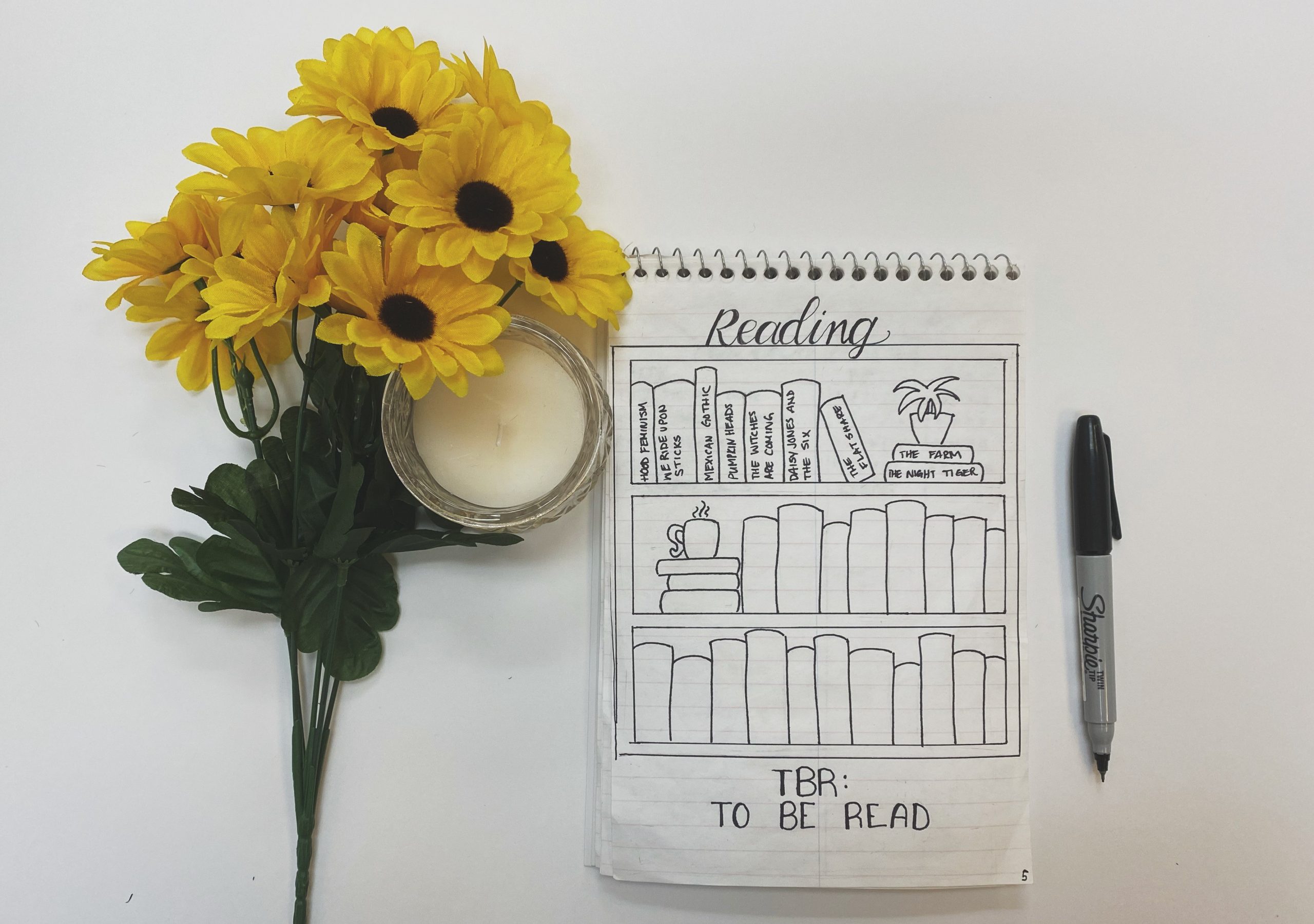
New releases spread
Make a list of all the upcoming book releases you’re excited about. There are always tons of amazing books coming out, and it can be hard to stay on top of it all. If you’re the kind of reader that likes staying up to date on new releases, consider making a new release spread in your bullet journal.
Hold list spread
To go along with new book releases, start a list of the books you have on hold at the library! Every time you request a book, jot it down. Keep track of the holds you’ve placed and the dates you placed them.
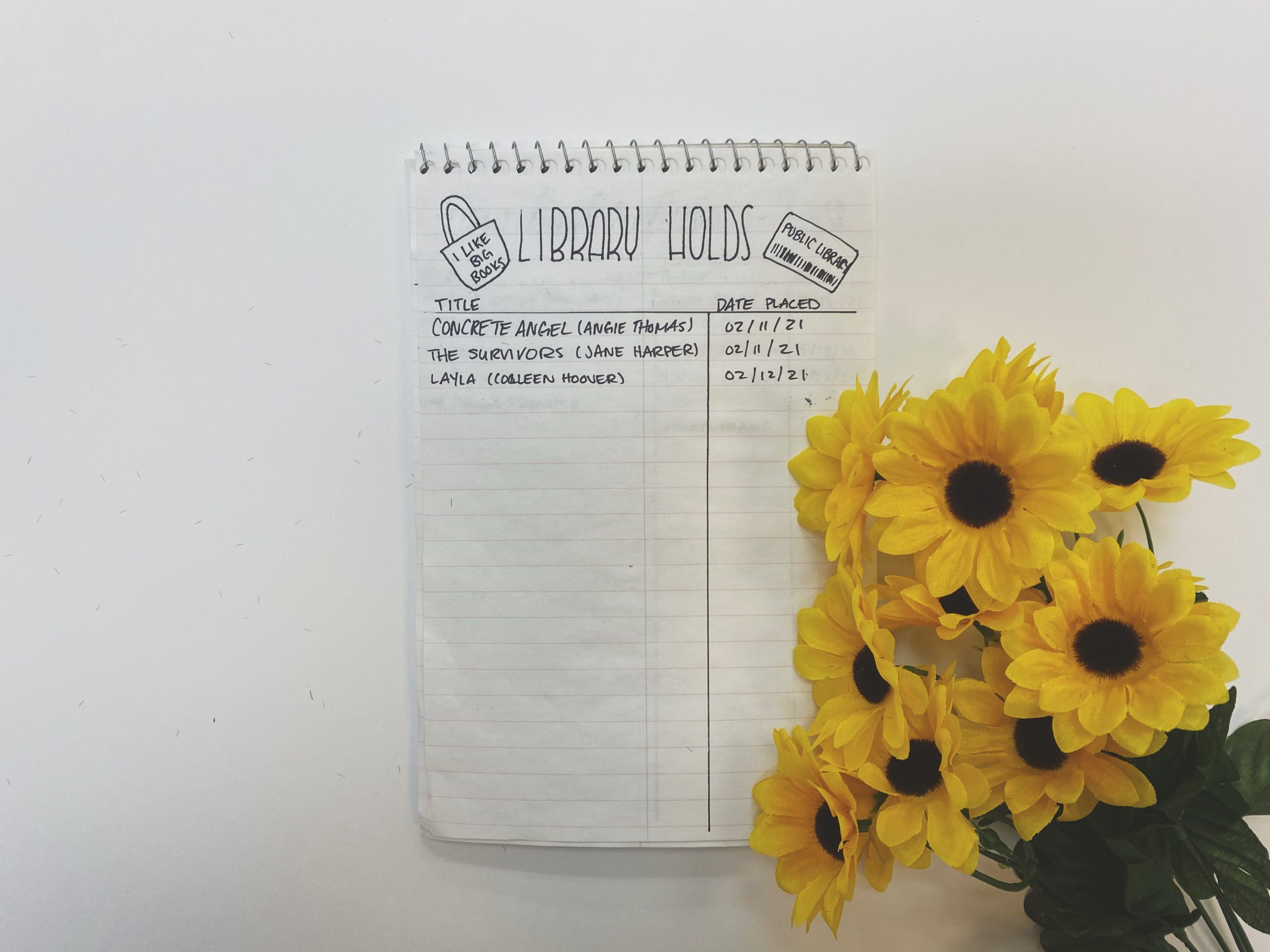
Reading log spread
Track your reading for the year in your bullet your bullet journal by making a reading log. This can be as simple as a list of titles, or it can include more information, like reviews. I like to track the title, page count, dates read, and a star rating out of five.
Monthly reading spread
Maybe a reading collection for the whole year doesn’t work for you, or maybe it’s not enough. That’s okay! Try tracking your reading each month. There are lots of things you can include: your to-be-read list, the library books you have checked out, the books you’ve read, the books you’ve purchased, and more.
With so many ways to choose from, organize your reading with a bullet journal this year!


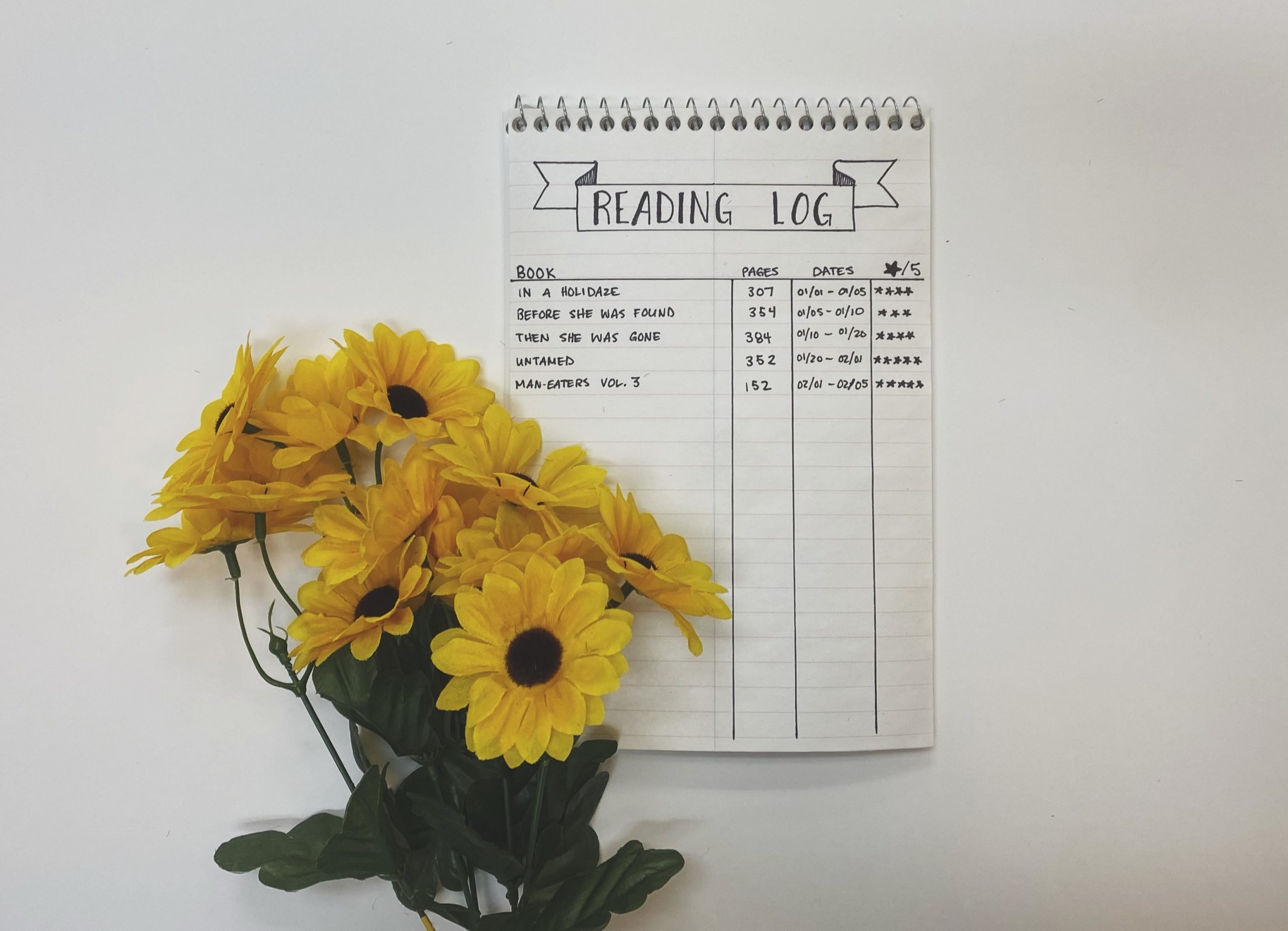
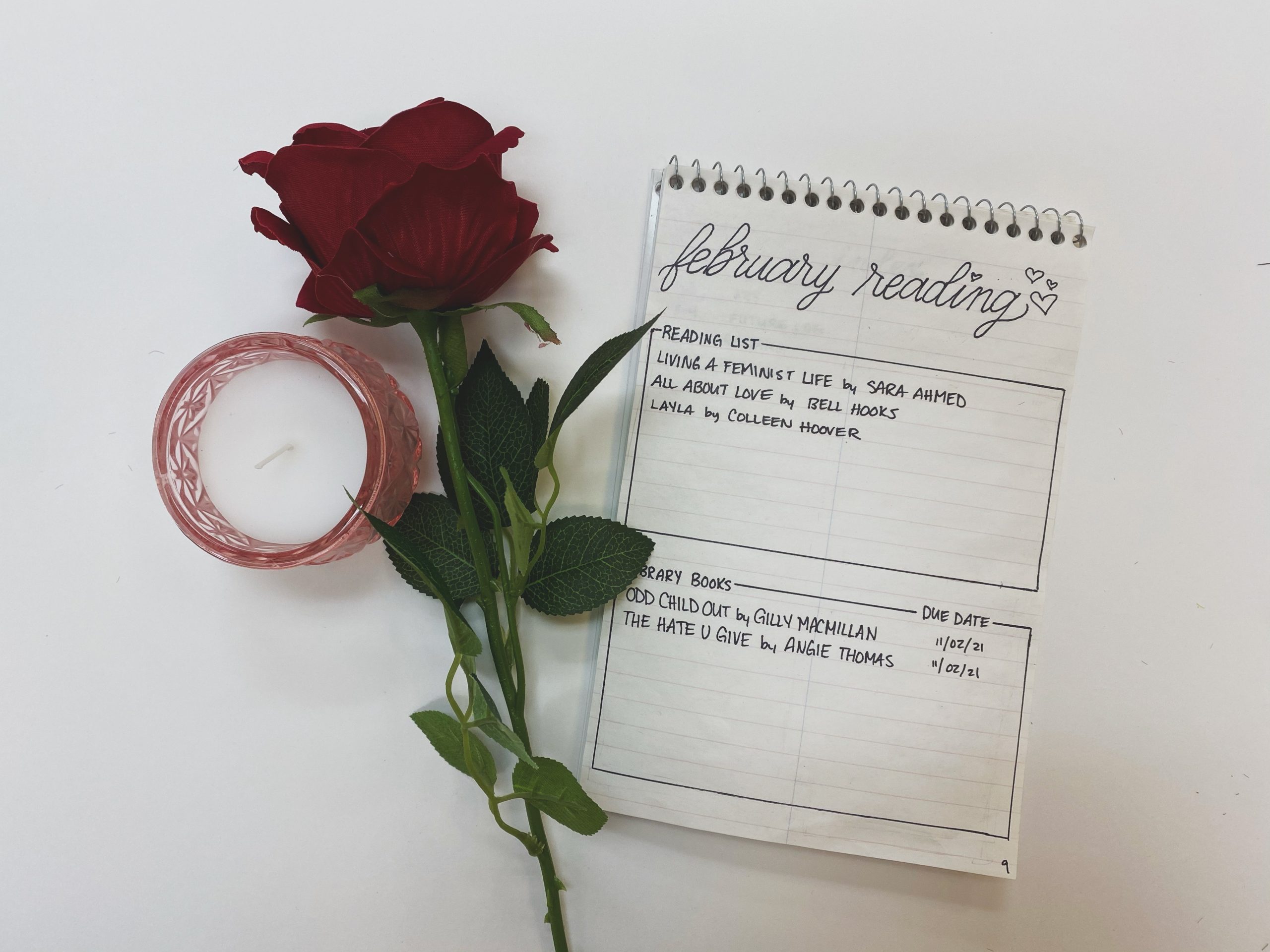

Add a comment to: Organize Your Reading Life with a Bullet Journal